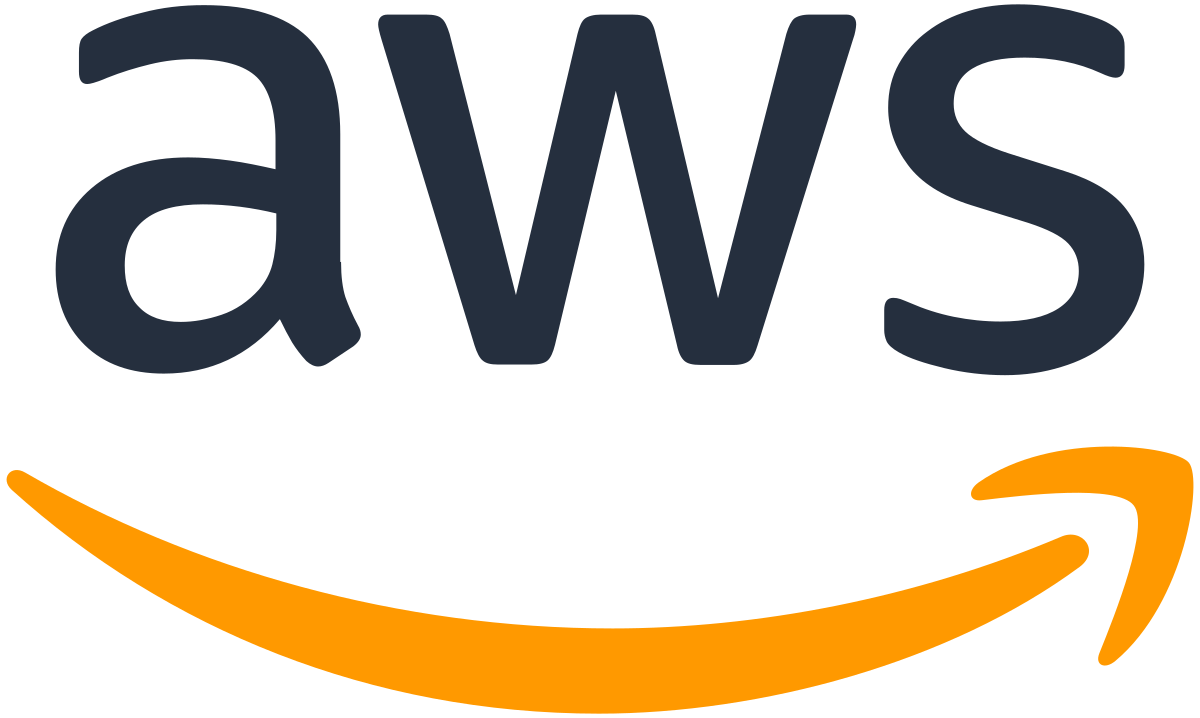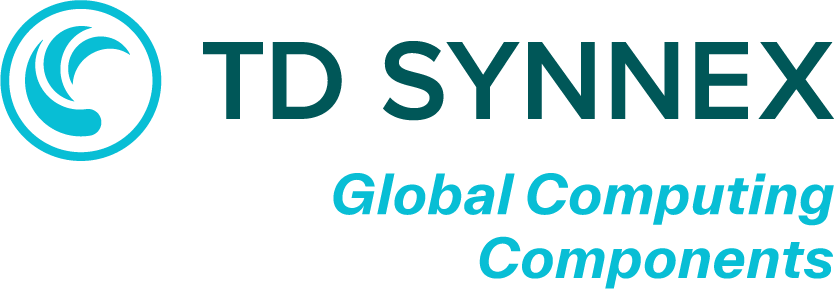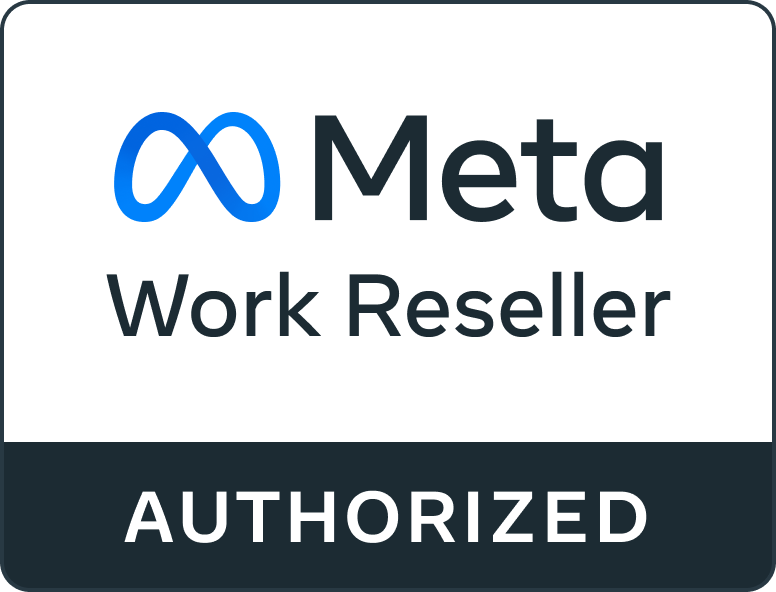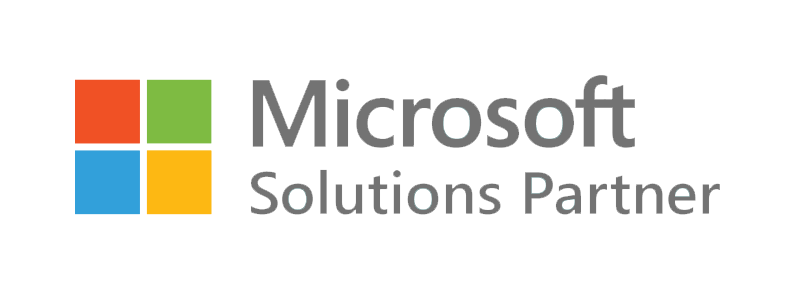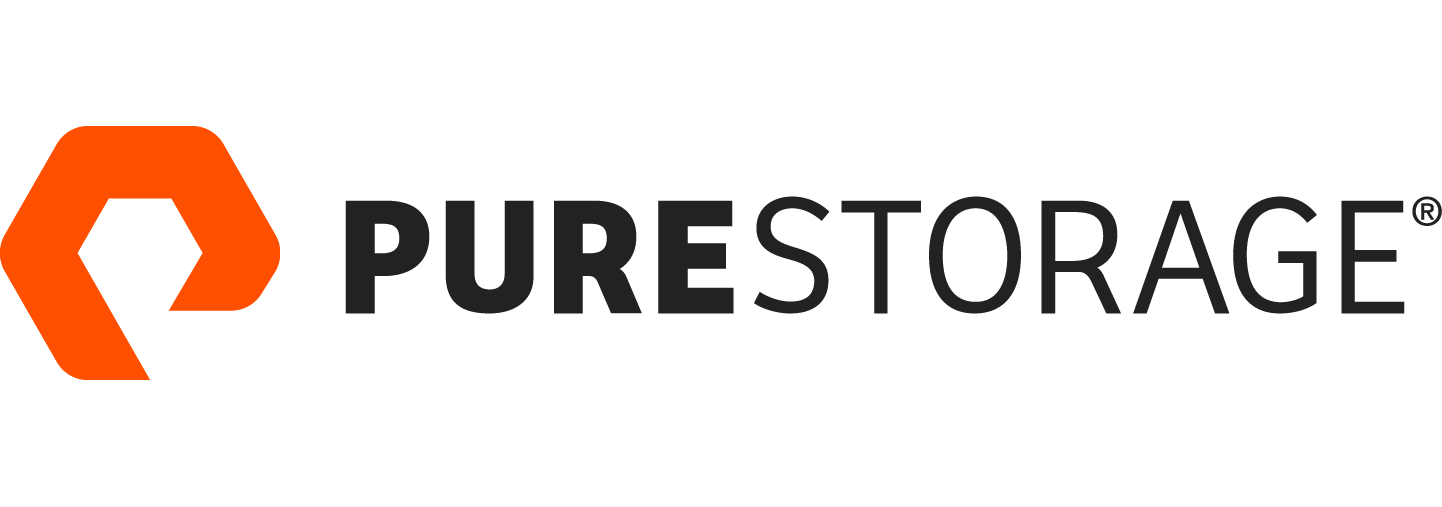Traditional providers of productivity and communications solutions like Microsoft and Cisco were carried along on the wave of home working whilst some more niche providers like Zoom were propelled into the spotlight. Solutions like Zoom, Teams and Webex will continue to be a core part of hybrid working strategies from SMB companies to the largest enterprises. With a lot of these solutions already in place the opportunity for the IT Service Providers is to help customers get the best return from these solutions through training and the implementation of new features as they arise. As AI becomes baked into these solutions, customers will need help to use the technology efficiently.
As an example, one of the highest growth product lines we are seeing is the Teams Rooms platforms, a software layer that sits on a range of different Audio Visual solutions, but offers common user experience for remote, mobile and physical deployments of Microsoft Teams. This is a great example of how products are developing to manage all of the different remote and hybrid working models required in todays society.
IT Providers have had a significant role to play in enabling companies Digital Transformation efforts and Hybrid Working scenarios. This will continue as there appears to be no way to return to pre pandemic working models given the preference for flexibility in working location no demanded by many employees.



